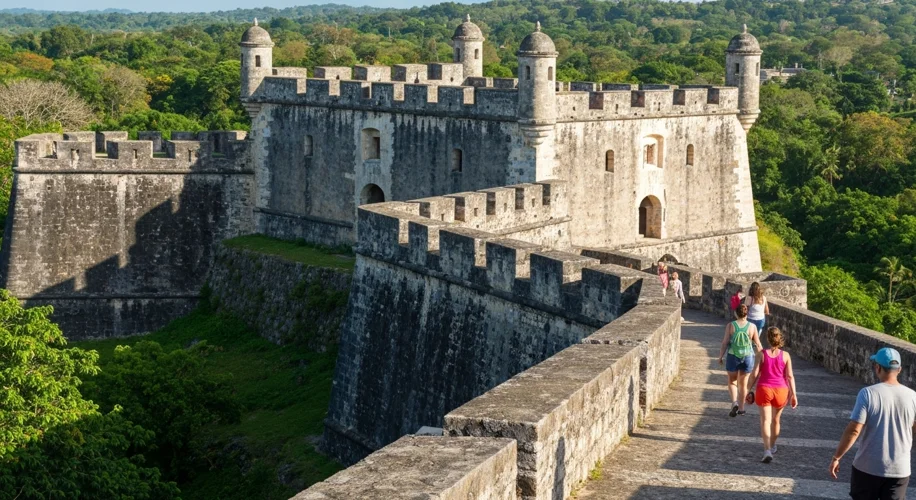As a historian, I’m always drawn to places where the past feels palpably present. My recent long weekend trip to Cap-Haïtien, Haiti, offered just that, whisking me away to a landscape deeply imprinted with the echoes of revolution and resilience.
My focus for this short visit was the historical heart of the region: the Citadelle Laferrière and the ruins of the Sans Souci Palace. Arriving in Cap-Haïtien, I was immediately struck by the vibrant energy of the city. It’s a place that buzzes with life, a stark contrast to the quiet archives I usually frequent.
The journey to the Citadelle itself is an experience. Perched dramatically atop the Bonnet à l’Évêque mountain, this colossal fortress is a testament to the sheer will and determination of its builders. Commissioned by Henri Christophe, a leader of the Haitian Revolution, the Citadelle was constructed between 1805 and 1820. Its construction involved tens of thousands of laborers, a monumental undertaking that speaks volumes about the nation’s hard-won independence. Walking through its ramparts, I couldn’t help but imagine the watchmen scanning the horizon, a tangible connection to the era of strategic defense and nascent nationhood.
The scale is immense. Cannons, some weighing as much as 15 feet, still line the walls. The sheer logistical feat of hauling these and the massive stone blocks up the mountain without modern machinery is astounding. It truly makes you ponder the human cost and ingenuity involved in shaping history.
Just below the Citadelle lie the skeletal remains of the Sans Souci Palace. Once a grand royal residence, it too was built by Henri Christophe. Though now a ruin, ravaged by earthquakes and time, its former grandeur is still discernible. The soaring arches and open courtyards hint at the opulent life that was once staged here. Standing amidst the crumbling walls, I felt a profound sense of the transience of even the most imposing structures, a common theme in historical research.
This trip wasn’t just about surveying fortifications and palaces; it was also about experiencing the present-day reality of Haiti. The warmth of the people I encountered was remarkable. However, it’s impossible to ignore the pervasive poverty, a constant reminder of the complex challenges the nation continues to face. This contrast between the magnificent historical monuments and the daily struggles of many residents is a difficult but important aspect of understanding Haiti’s story.
Photography, I found, presented its own set of challenges. The intensity of the sun, the raw emotions of the people, and the sheer scale of the historical sites required a careful approach. It’s a reminder that capturing the essence of a place often goes beyond just the visual.
My short foray into Haiti’s northern history provided a powerful glimpse into a pivotal period of the Americas. The Citadelle and Sans Souci are more than just historical sites; they are enduring symbols of a nation’s fierce fight for freedom and its complex journey since. It’s a journey that, for a history enthusiast like myself, is endlessly fascinating and deeply moving.

